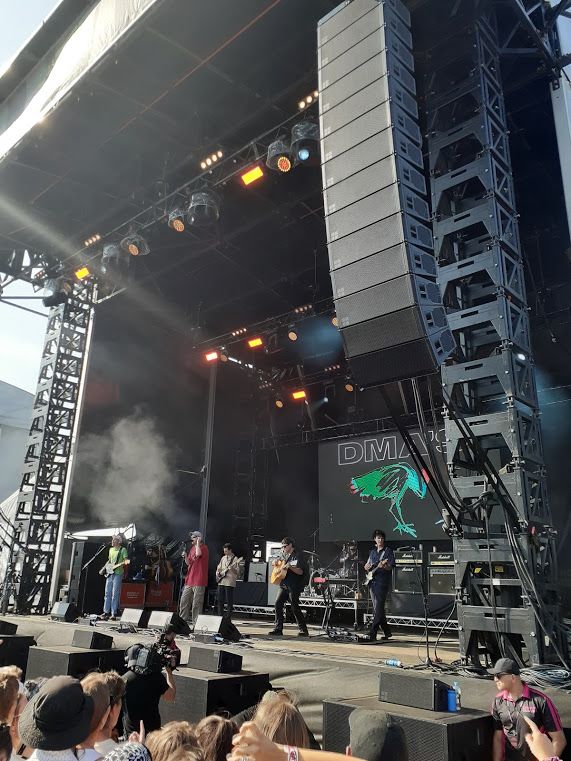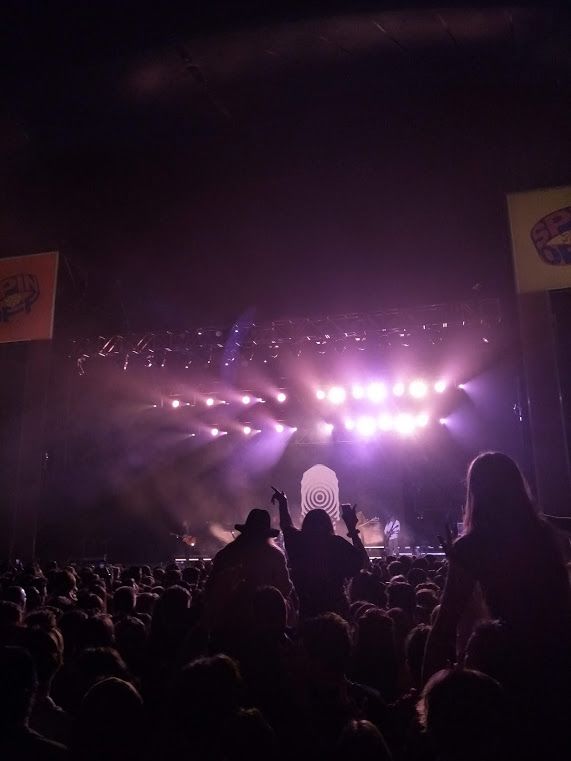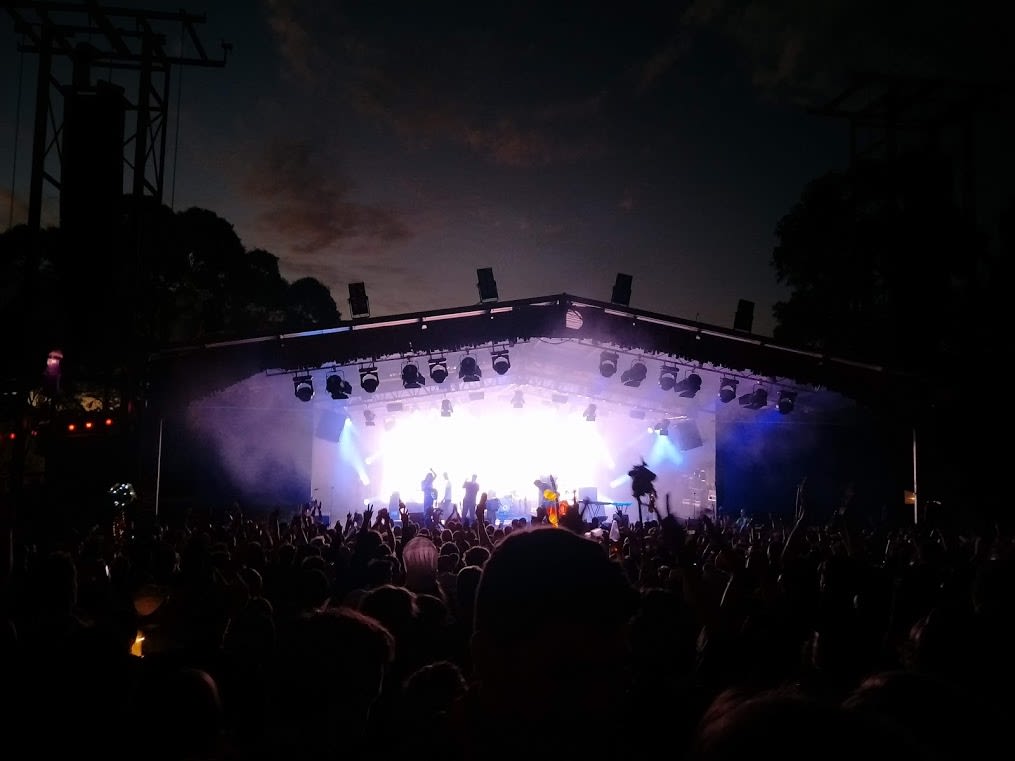What will the future of Australian music festivals look like?
Music lovers and workers eagerly await the return of the live music scene

In any other July, North Byron Parklands would see 50,000 fans travel from all over the country to experience one of Australia’s most renowned music festivals, Splendour in the Grass.
This year, the impact of coronavirus on mass gatherings has put live music events on pause. International staple Glastonbury has been called off, Splendour has been rescheduled to October, and regional touring event Groovin’ the Moo was cancelled for the first time in 15 years.
With these events taking several months to plan in advance, mass cancellations of tours and festivals are having a stark impact on those who rely on live music for work.
More than $340 million in wages has been reported in lost income to ilostmygig.net.au from performers and production crews, in an industry that had already been affected by last summer’s bushfires.
Nathaniel Holmes, an event producer for Architects of Entertainment, said there has “never been a harder time for music festivals than what it has been in the last two years”.
Holmes, who has had more than 20 years experience working on touring festival circuits, said the industry was difficult even before coronavirus, with “the devastation of bushfires during the summer season and the government’s war on music festivals”.
“This season for us got pretty much wiped out,” he said, “some of our major festival clients were unable to trade… so it’s seriously impacted our work and the industry.”
Chief Medical Officer Brendan Murphy told New Zealand politicians in April that “big music festivals” would “certainly” not be held before the development of a COVID-19 vaccine, but public demand and a hurting industry hints otherwise.
A triple j poll of 1500 listeners found 57% would attend a music festival before a vaccine was available, and with recent relaxing of pubs being able to serve customers, the push for live music to play is a strong one.
The Department of Health later clarified festivals could go ahead but would “require the approval of the jurisdiction where they are held”, implying punters could be out listening to their favourite band sometime this year.


With online streaming festivals such as Isol-Aid providing a platform for artists to continue performing, the return to traditional large scale festivals will be especially important for promoters, technicians, and even security staff who may be out of work.
Mass gatherings will demand the need for stricter hygiene measures and sanitation. Event producers will have to consider hand sanitising stations, allocating a certain number of people to use amenities at any one time, specifically monitoring toilet attendance, and ensuring masks are available from first aid or medical tents.
High density areas such as dance floors and mosh pits will inevitably be difficult to maintain physical distancing, with Holmes saying Australian music festivals should look towards the Asian markets to observe the importance of protective gear such as masks.
“Wearing face masks and gloves when you attend mass gatherings is just the norm over there, they have been doing it for a number of years already,” he said, “I think it will look very similar here when we come back.”

With the return of international travel remaining uncertain, booking agents will now look towards Australian and New Zealand dominated lineups to get the industry back on stage.
Falls Festival has already announced their annual new years eve festival will go ahead as planned, but with an entirely homegrown lineup, helping local artists and their crews get back to work.
“[Festivals] will want to be trading, so these lineups will definitely be the way forward and the way they will enter back into the marketplace,” Holmes said.
The focus on homegrown artists will also lead to the support of smaller music venues. While gatherings of over 500 people may remain restricted for some time, it is encouraged that punters go see live music at bars.
Holmes said pubs that wouldn’t ordinarily host live music, should consider setting up band rooms for up to 200 people, not only supporting the artists themselves but production crews simultaneously.
So while music lovers may not be able to douse themselves in glitter and dance with thousands of other fans right now, the return to large festivals may be a long one, but a rewarding one for both producers and consumers.
“The biggest takeaway from this is that we are resilient… we can change and adapt,” Holmes said, “We’re all looking forward to coming back and being bigger, better and smarter than ever before.”
Phoebe Humphrey